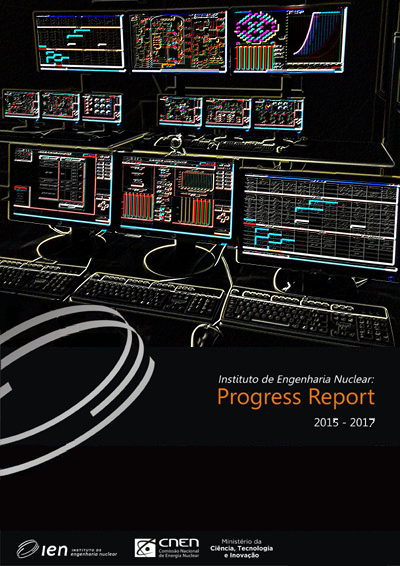Using isotopic and hydrochemistry to assess the groundwater flow regime and recharge processes in a fractured aquifer in northeastern Brazil
Keywords:
tritium, carbon-14, groundwater, uranium miningAbstract
Human activities such as uranium mining have a high potential to impact the flow system and to contaminate groundwater. The Caetité uranium production center in Brazil, is located in semi-arid region where groundwater is the most important water resources. The local community as the nuclear facility depend heavily on groundwater availability. Although several studies have been conducted to characterize this hydrological system, the groundwater flow regime remains poorly understood.
The purpose of this work is to characterize chemically and isotopically the rainfall, groundwater, and surface water, in order to gain insight on the groundwater flow regime and recharge processes in the watershed that comprise the nuclear installation-Caetité Experimental Basin (CEB)References
ARAÚJO, V. P. et. al. Using isotopes and hydrochemistry to assess the groundwater flow regime and recharge processes in a fractured aquifer in northeastern Brazil. In: INTERNATIONAL SYMPOSIUM ON ISOTOPE HYDROLOGY, 2015, Vienna. Anais… Vienna: International Atomic Energy Agency, mai. 2015. Não paginado.
Downloads
Published
How to Cite
Issue
Section
License
Copyright (c) 2018 valeska peres de araujo, Marisol Manzano, Luis Toro, Luis Araguas-Araguas, Leticia Melo, Mariza Ramalho Franklin

This work is licensed under a Creative Commons Attribution-NonCommercial-NoDerivatives 4.0 International License.


